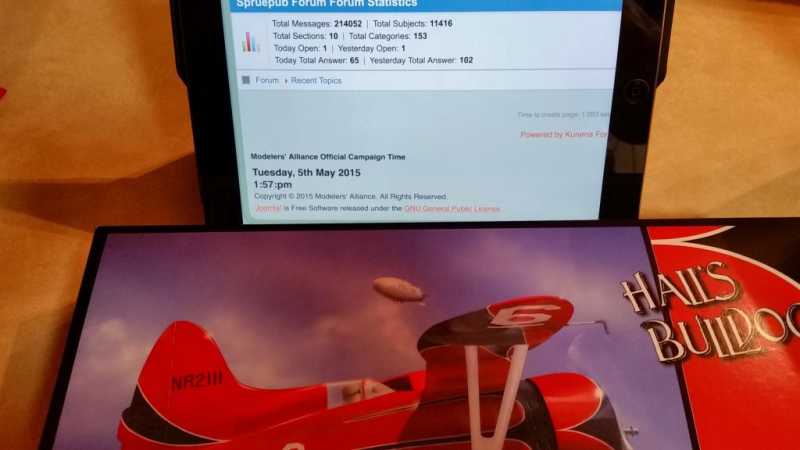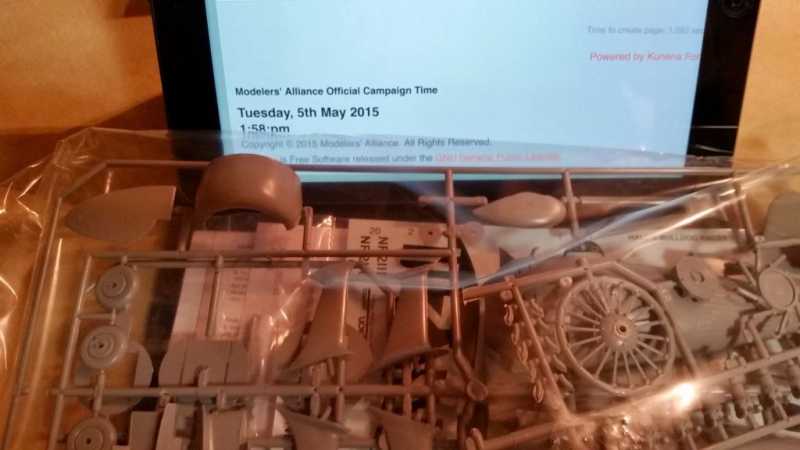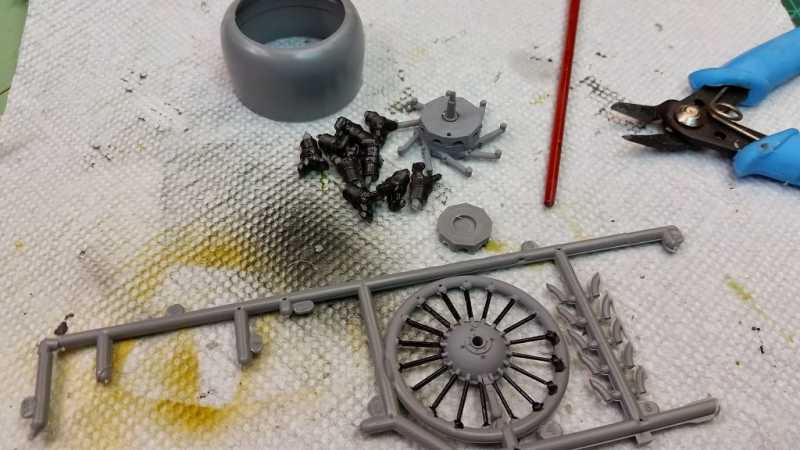Ruff...Ruff ruff...


A little history
http://www.air-racing-history.com/aircraft/Hall%20Bulldog%20Racer.htm
And about Robert Hall, the designer.


A little history
http://www.air-racing-history.com/aircraft/Hall%20Bulldog%20Racer.htm
AS THE YEAR 1932 started its march across the calendar, air racing enthusiasts around the nation and especially in the intensely air-minded city of Springfield, Massachusetts eagerly awaited the completion of the two most unusual race planes of that era.
Bob Hall, who had recently split with the Granville Brothers of Gee Bee fame, decided to form his own new aircraft company at Bowles-Agawam Field across the Connecticut River from where the Granvilles had their shop. Bob Hall had originally served the Granvilles as chief engineer, test pilot and draftsman. But after a heated dispute with Zantford Granville over race plane design, he decided to go it alone and build his own speed planes. This new group would be known as Springfield Aircraft, Inc. With two firm orders in his hand, Bob Hall had leased a corner of the main hangar at Bowles Agawam Field where work began early in 1932 on the two never to be forgotten Hall racers.
Work began almost simultaneously on the two speed planes. The first was built on order for Flank Lynch, a wealthy sportsman. Lynch expected to fly this high wing plane around the world in a record attempt. It was considerably the larger of the two Hall designs and seated two people in a staggered side-by-side arrangement.
As work progressed, Bob Hall turned his attention to the International Air Races at Niagara Falls New York which were to begin June 24, 1932. At 8:40 p.m. the evening before the big races were to begin at Niagara Falls, the two place aircraft took to the air for the first time with Bob Hall at the controls. Spectators commented that it resembled a giant moth as it flew through the twilight sky. Actually the new speed plane was intended to resemble an insect, in its paint scheme at least.
It was painted green with cream and brown designs on its wings and fuselage patterned after the Cicada, a type of Mexican locust. To complete the picture, eyes were painted on the engine cowling. With these facts in mind, it is easy to see why the name "Cicada" would forever identify this aircraft
And about Robert Hall, the designer.
Robert L. Hall was born in Taunton, Massachusetts in 1905.[1] After graduating in 1927 from the University of Michigan, with a degree in Mechanical Engineering, he joined the Granville Brothers Aircraft, where he was the chief engineer.[2] He designed the Gee Bee Model Z racer, the "City of Springfield," which swept the competition in every contest in the National Air Races of 1931. On the September 5, Hall himself flew the Gee Bee Z to victory in the General Tire and Rubber Trophy race. Lowell Bayles flew the aircraft the next day to victory in the free-for-all event.[3]
Hall then left the Granville Brothers, to form Hall Aircraft. There he designed the Bulldog racing aircraft, which he went on to race at the 1932 National Air Races, finished sixth at a speed of 215.5 mph. Afterwards there was speculation that its experimental Hamilton Standard propeller prevented the Wasp engine from running at full power. Hall was so disappointed with its performance that he dismantled and scrapped the plane after that race.[4] He also designed the Cicada racing plane, which was scheduled to race at the 1932 National Air Races by owner Frank Lynch but did not start the race due to engine problems.
Robert Hall later joined Grumman, where he helped design and test a series of planes that proved a major force during World War II. Serving as Chief Engineer and lead flight test pilot, he helped design and made the first flights of the F4F Wildcat, the G-21 Goose in 1937, the XP-50 in 1941, the F6F Hellcat in 1942, the F7F Tigercat in 1943 and the F8F Bearcat in 1944.[5] On May 14, 1941 while flying the XP-50, it experienced an inflight turbocharger explosion while over Long Island Sound. Hall was forced to parachute to safety. As Grumman's chief engineer and vice president, he was instrumental in the design of the F9F Panther, F9F Cougar, F10F Jaguar and F11F Tiger jet fighters and the Gulfstream I executive aircraft. He retired from Grumman in 1970.



 :dude
:dude

